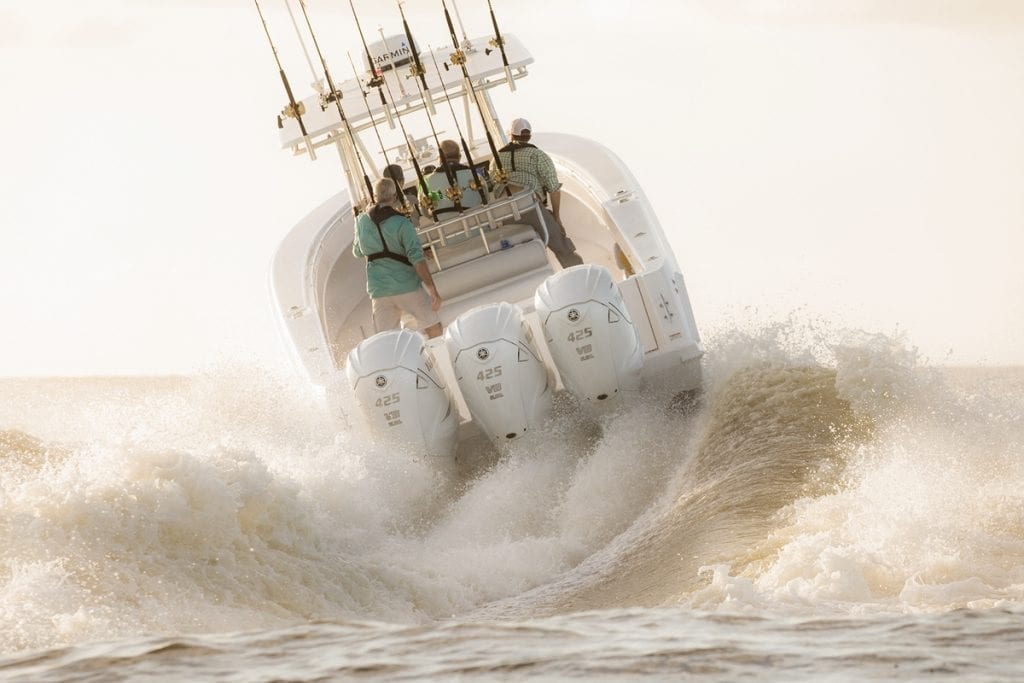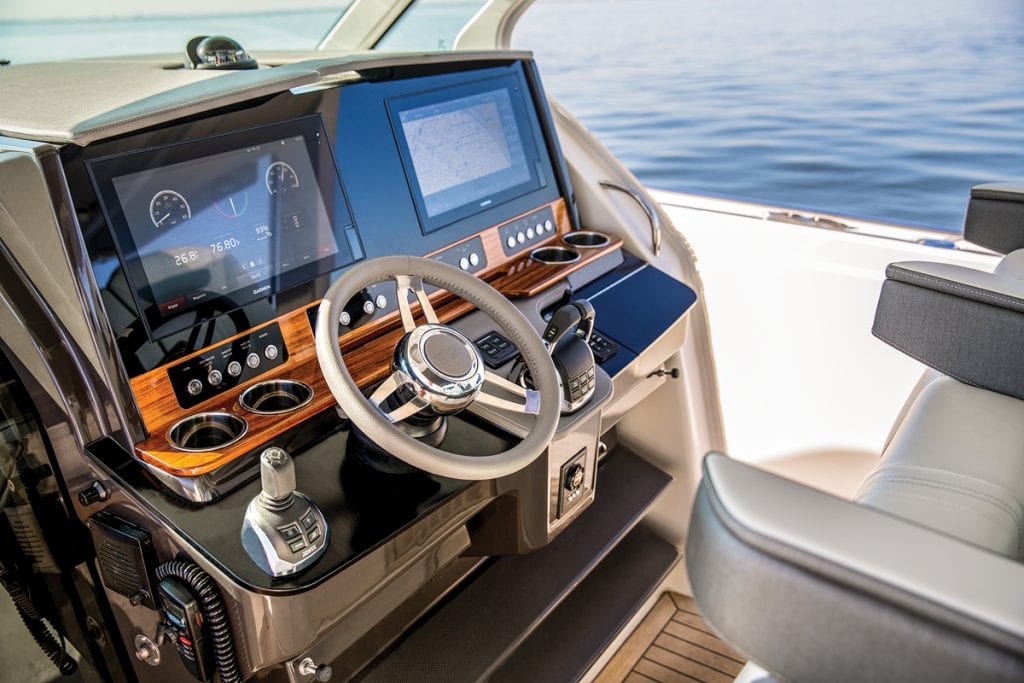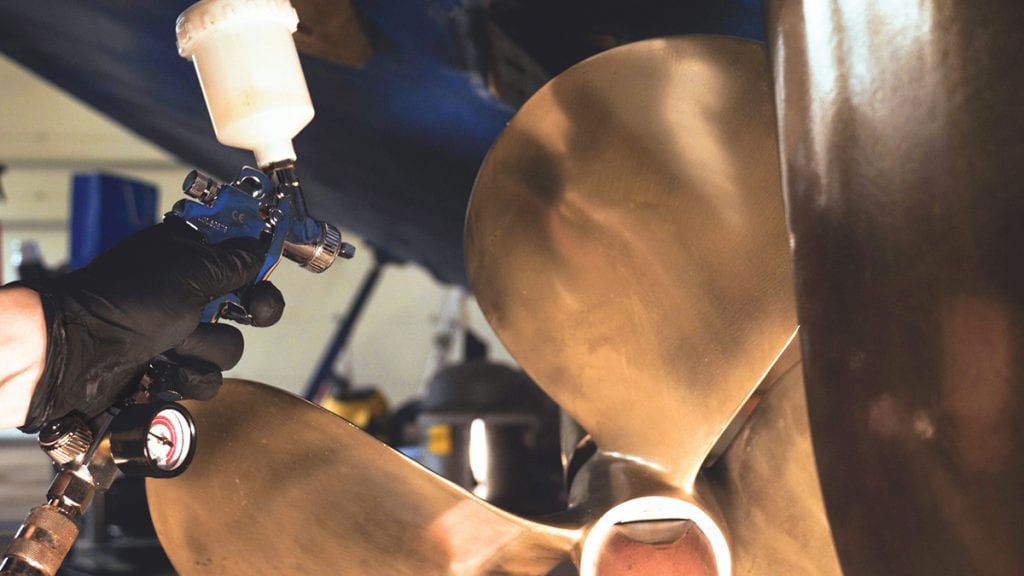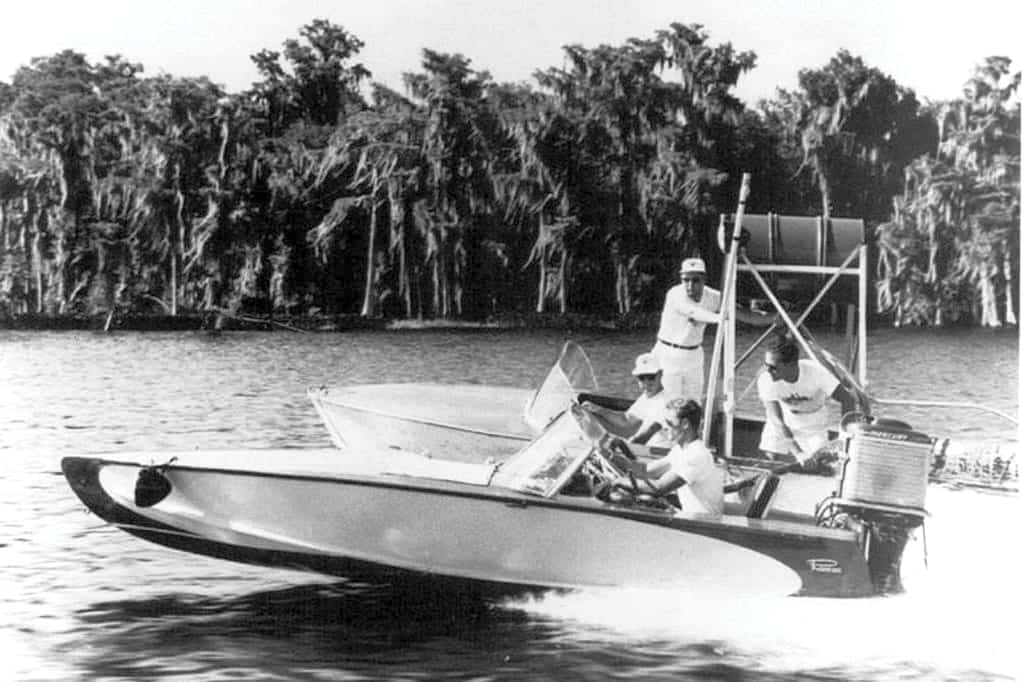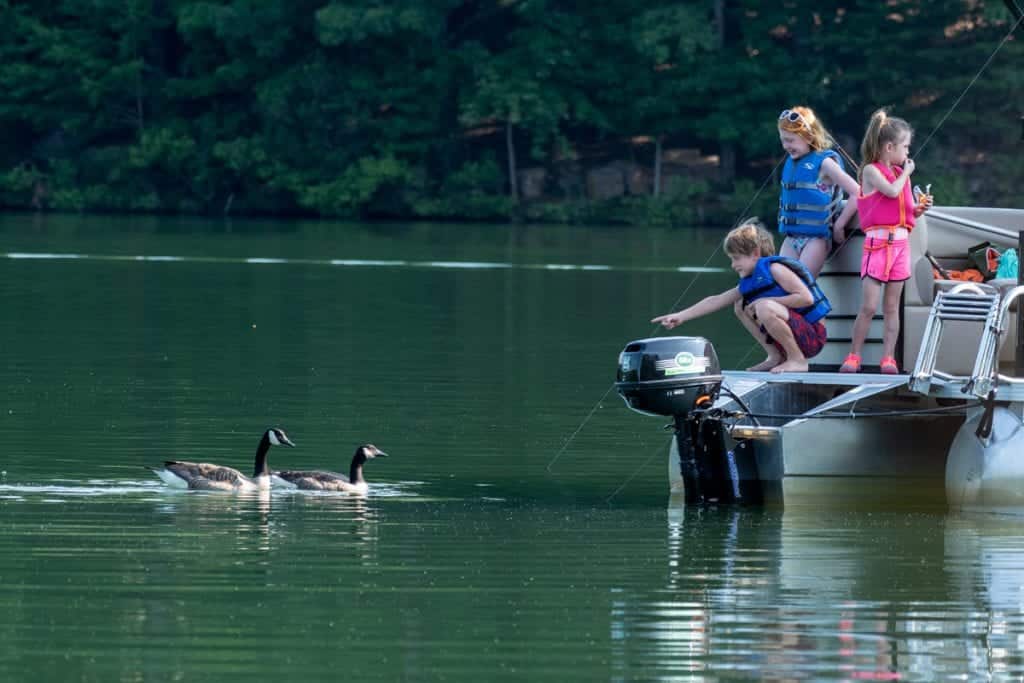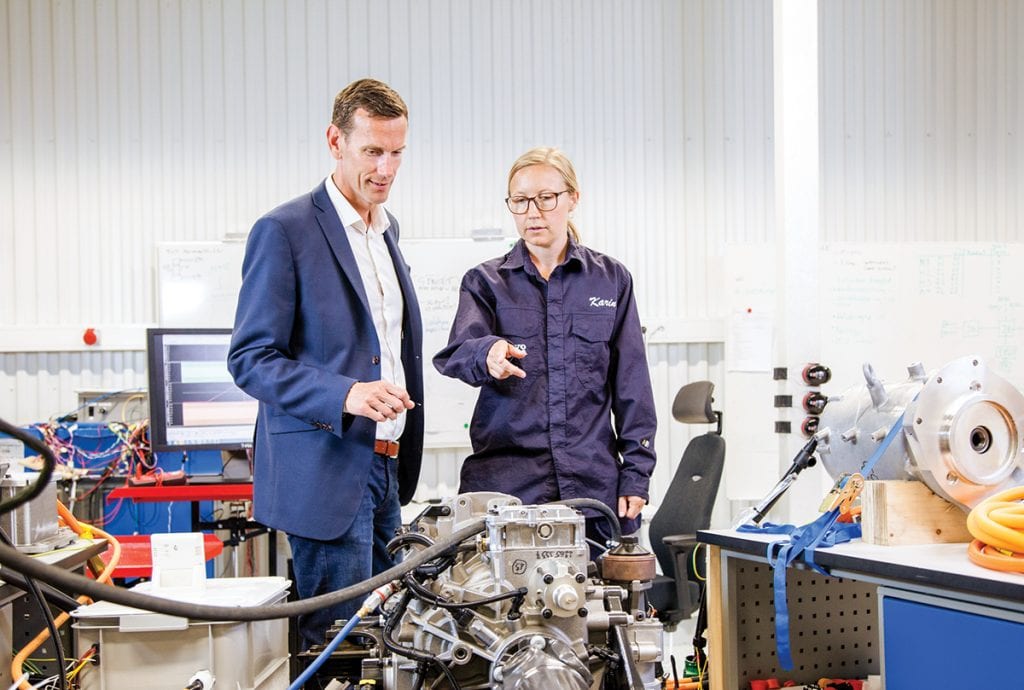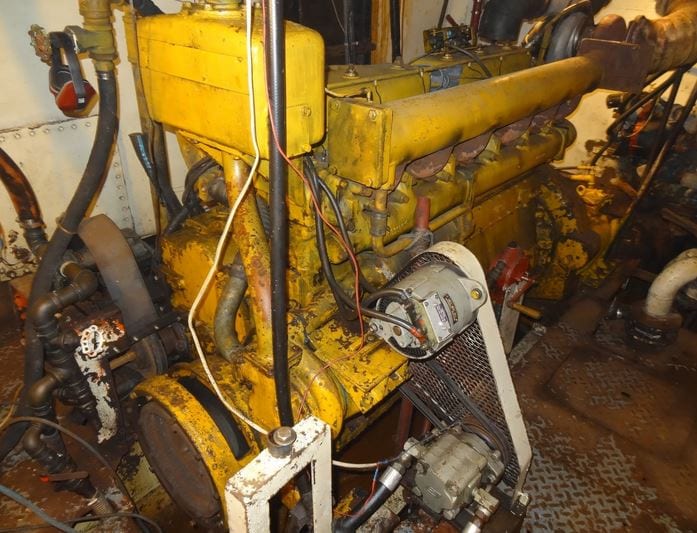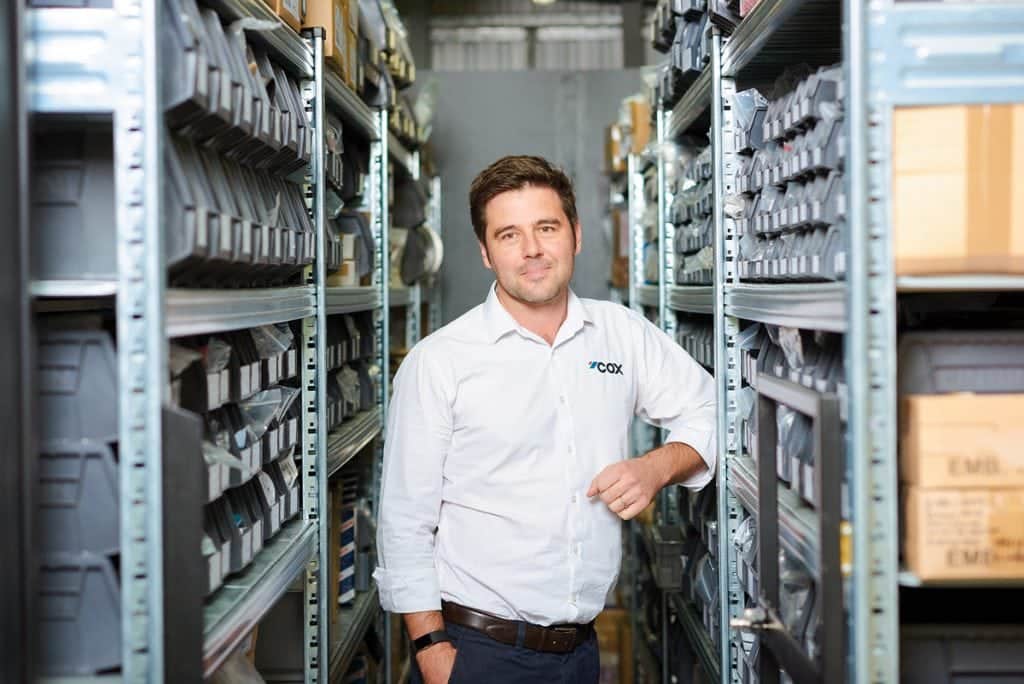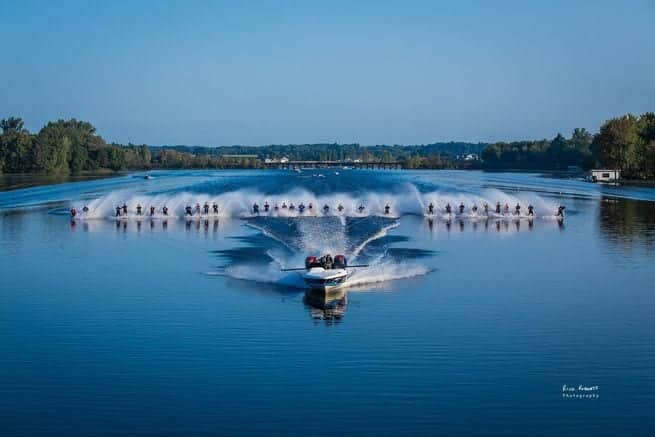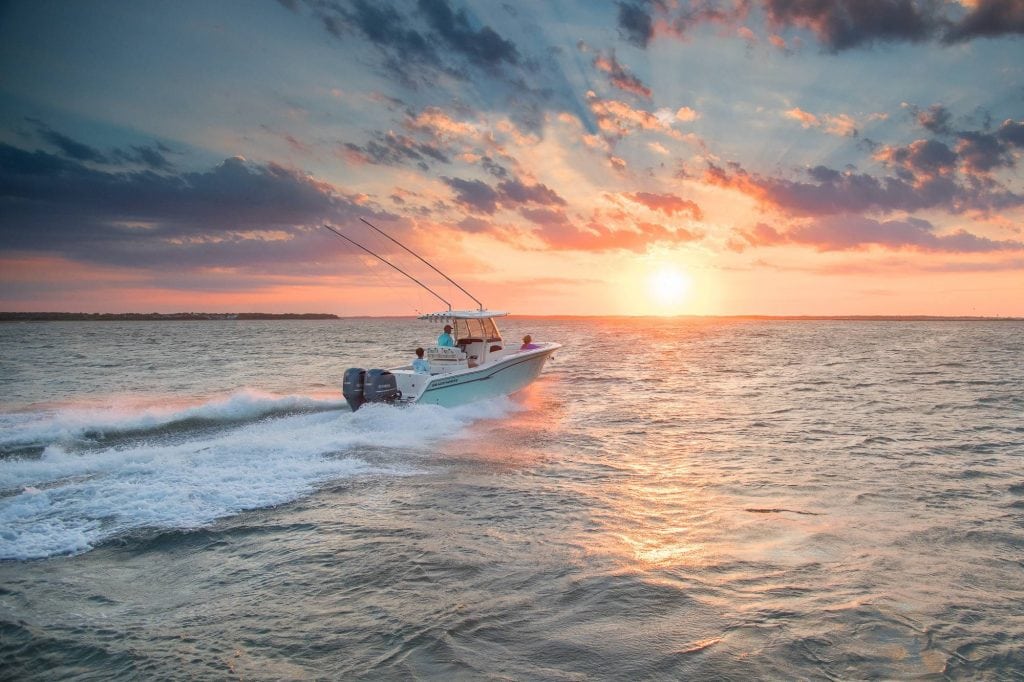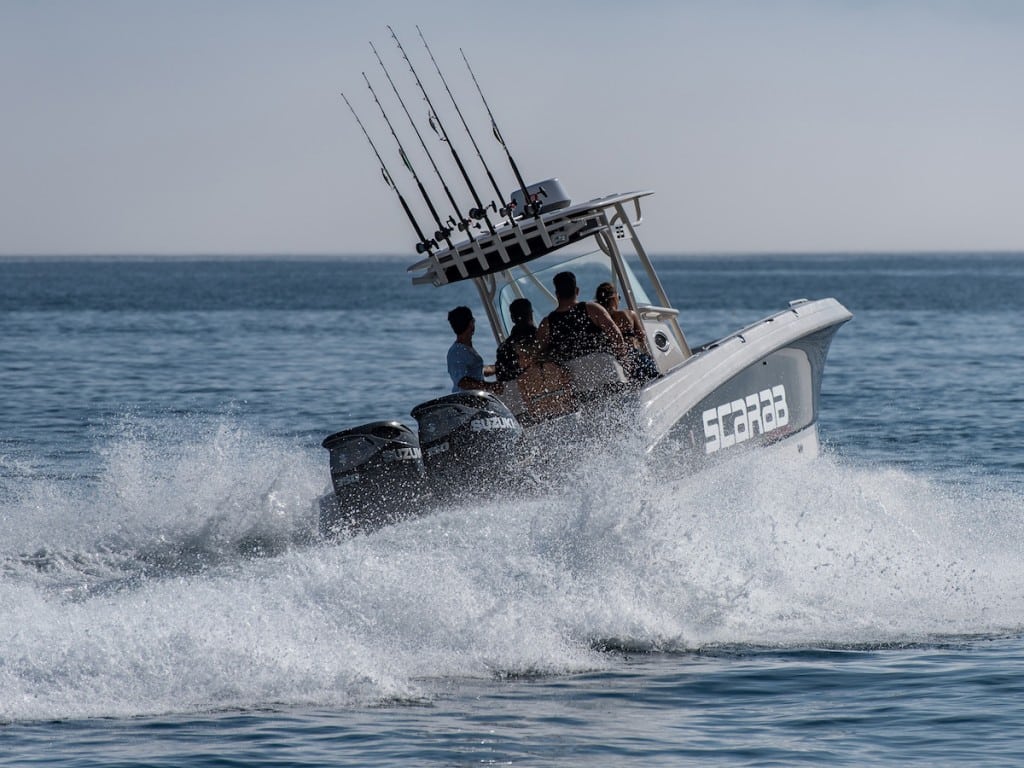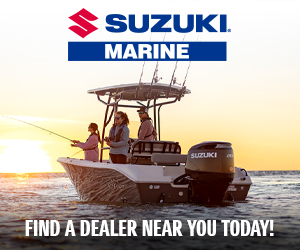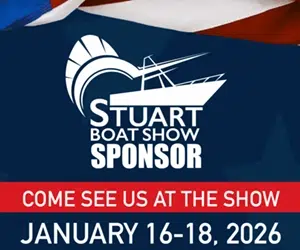Engines
Keeping up with your engine and general maintenance can feel overwhelming without the right tools. That’s why Southern Boating breaks the upkeep your boat needs into manageable articles. View our information on inboard engines, outboards, electric, systems, generators, hulls, and general maintenance. Check back soon—new Engine and Upkeep posts are added weekly!
Yamaha 425-hp XTO
Yamaha 425-hp XTO Yamaha’s 425-hp XTO ushers in a new era of power for outboards. More than a dozen years...
Read moreDetailsSeven Marine and Volvo Penta Partnership
Seven Marine and Volvo Penta Partnership A Seven Marine and Volvo Penta Partnership means outboards with an IPS joystick and big...
Read moreDetailsHow To Improve Your Prop Performance
How To Improve Your Prop Performance Check other factors before you blame the prop. Here's how to improve your prop...
Read moreDetailsMercury Debuts 400 HP Outboard
Mercury Debuts 400 HP Outboard A storied history and a technological future lead Mercury Marine to introduce two equally exciting...
Read moreDetailsElco Electric Motoryachts
Elco Electric Motoryachts Is There an Electric Outboard in Your Future? Given the dire warnings about climate change, in the...
Read moreDetailsVolvo’s Hybrid IPS
Volvo Penta’s popular pod drive is going green with a Hybrid IPS. Eco-conscious captains might feel fuel is flowing foolishly...
Read moreDetailsEngine Hazards
Engine hazards to watch for Whether your boat is powered by an outboard, an inboard-outboard or a diesel, there will...
Read moreDetailsCox Diesel Outboard: CXO300
A new Diesel Outboard from Cox Powertrain is a real game changer. Introducing the Cox Diesel Outboard CXO300. Several years...
Read moreDetailsNew Outboard Models
If the get-up-and-go in your outboards got up and went and never returned, it's time to consider new power. So...
Read moreDetailsTilt and Trim Troubleshooting
Tilt and Trim troubles? Here are some top tips for tilt and trim troubleshooting.The time you most appreciate your motor’s...
Read moreDetailsBarefoot World Record
Will this video of the Barefoot World Record be the most ridiculous thing you see today? It's very possible. Evinrude...
Read moreDetailsWeight Distribution
It's all a matter of balance. Proper boat design is the result of combining optimum stability with a favorable weight distribution....
Read moreDetailsDavis Instruments Stabilizer
Boost performance in any vessel with Davis Instruments Stabilizer Whale Tail XL. Designed for all types of boats, the aluminum stabilizer, and...
Read moreDetailsNew Suzuki Outboard
Suzuki Goes All Outboard The newest Suzuki Outboard features innovative contra-rotating propellers and more exclusive features. Suzuki Marine, a leader in...
Read moreDetailsClean Fuel for Happy Cruising
9 out of 10 problems with diesel engines are the result of contaminated fuel. We'll show you how to keep...
Read moreDetails

